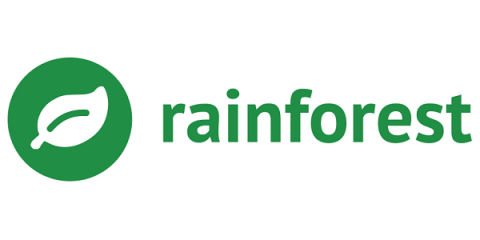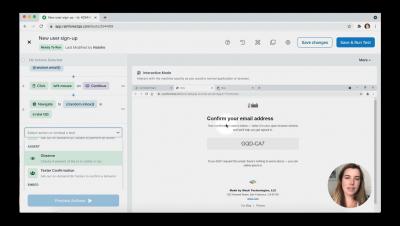How to Write a Test Plan: Free Template and a 6 Step Guide
A test plan outlines the objectives, methods, organization, and success criteria for testing a specific feature of a web application or other software project. A good test plan contains all the information you need to write automated tests and will help direct your efforts so you don’t waste time creating unnecessary tests. Here is the test plan template we use with our clients.









